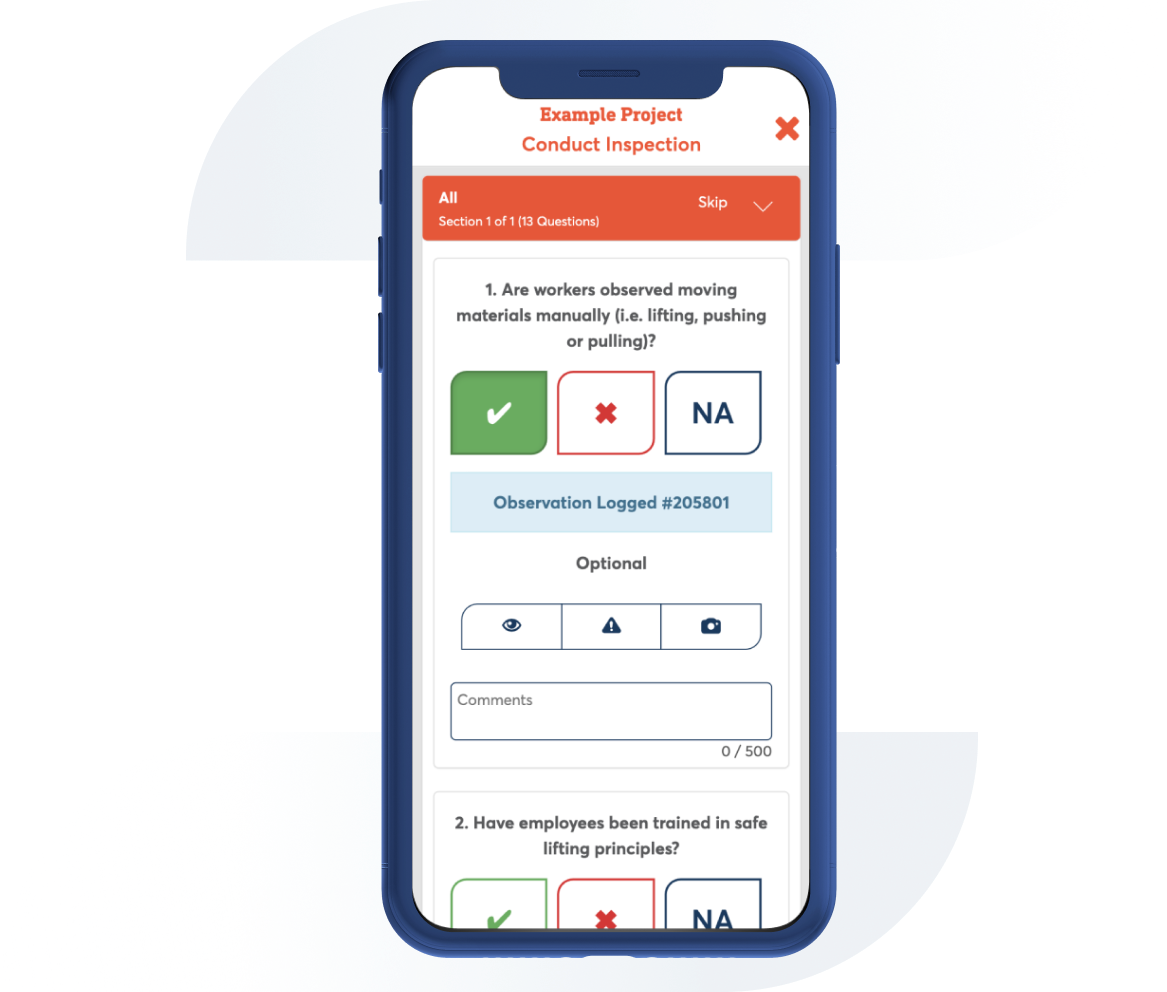Safe Use of Chemicals - HAZCOM Safety Checklist
Contributor: Safesite Jurisdiction: OSHA
Use this checklist to certify your company has a written hazard communication (HAZCOM) program for employees and ensure all hazardous chemicals have safety data sheets and are marked clearly.

Template Preview
1. Is each refrigerated container containing Anhydrous Ammonia marked with nameplate on the outer covering in an accessible place?
Actions
2. Are containers of Anhydrous Ammonia stored outside of buildings or in buildings or storerooms especially designed for this purpose?
Actions
3. Are permanent storage containers of annhydrous ammonia located at least 50 feet from a dug well or other sources of potable water supply, unless the container is a part of a water-treatment installation?
Actions
4. Are Anhydrous Ammonia storage areas kept free of readily ignitable materials such as waste, weeds, and long dry grass?
Actions
5. Are employees provided information and training on hazardous chemicals in their work area at the time of their initial assignment and whenever a new hazard is introduced into their work area?
Actions
6. Does the organization have a written Hazard Communication (HAZCOM) Program that is available to employees who use chemicals in the wrokplace?
Actions
7. Is there a current SDS for every hazardous chemical being used by facility maintenance or in the facility?
Actions
8. Are chemical safety data sheets (SDS) made available to workers when requested?
Actions
9. Do employees know how to access the written hazard communication program and safety data sheets when they need them?
Actions
10. Is each container of hazardous chemicals in the workplace labeled, tagged or marked identifying the chemical it contains?
Actions
11. Is each container of hazardous chemicals labeled, tagged or marked with the appropriate hazard warnings?
Actions
12. Are labels or other forms of warning legible, in English, and prominently displayed on the container?
Actions
13. Does the organization communicate hazards to outside contractors or vendors who may be exposed to hazardous chemicals at the facility?
Actions
14. Are employees trained on appropriate personal protective equipment (I.e glove types, face shields, etc.) necessay for the safe use of chemicals used in their work?
Actions
15. Are employees trained on appropriate spill control procedures in the event of a minor release of chemicals used at the facility?
Actions
16. Are employees trained in how to properly dispose of used, out of specification or unneeded chemicals?
Actions
17. Are flammable and combustible liquid and aerosol chemicals properly stored when not in use (I.e. storage in appropriately rated storage cabinets.)?
Actions
18.

Can't find what you are looking for?
